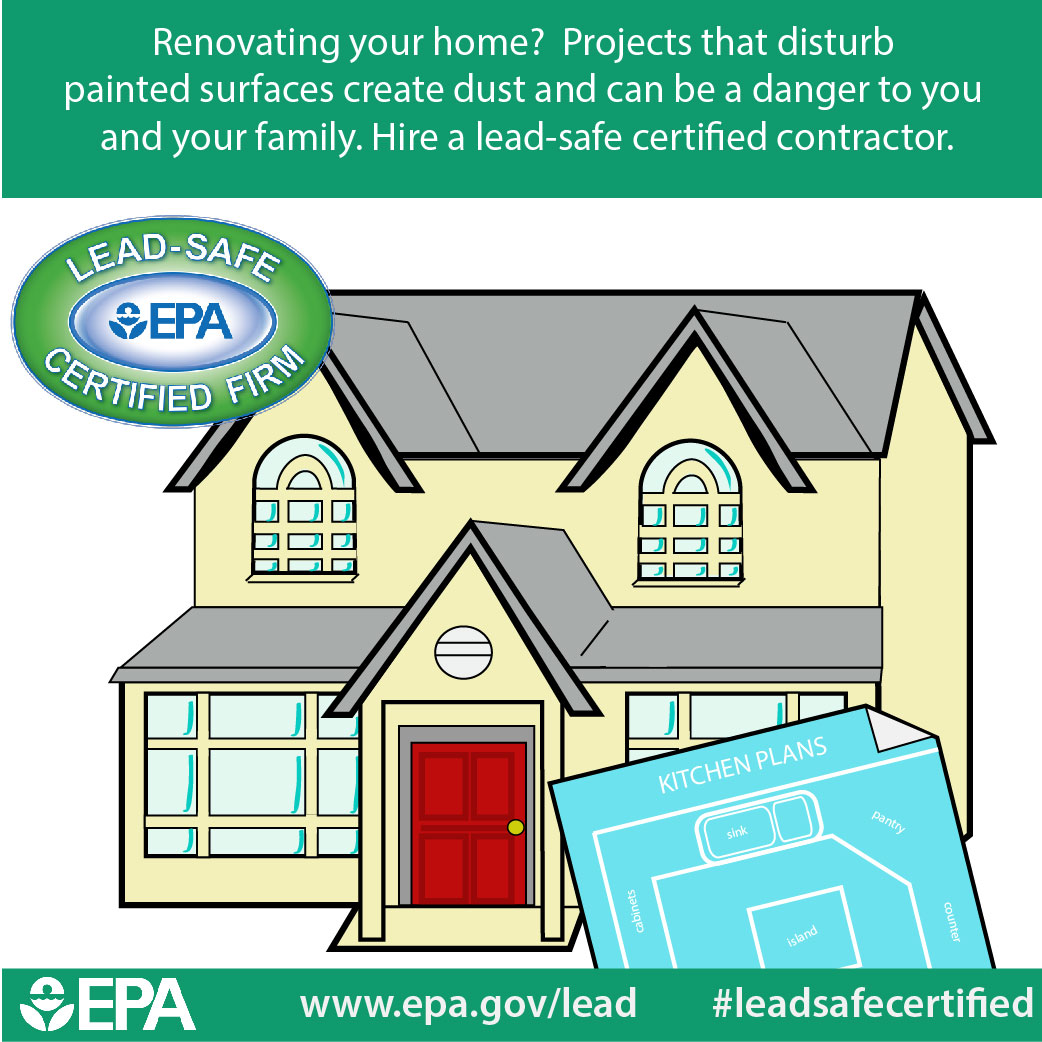Learn About The Ways In Which Seasonal Variables Can Impact The Success Of Commercial Exterior Painting And Identify The Best Times To Achieve Long Lasting Results For Your Project
Learn About The Ways In Which Seasonal Variables Can Impact The Success Of Commercial Exterior Painting And Identify The Best Times To Achieve Long Lasting Results For Your Project
Blog Article
Material Produce By-Aguilar Whalen
When you're preparing a business exterior painting task, seasonal variables can make or break your outcomes. You'll want to take into consideration how temperature and humidity effect paint application and drying times. Picking the best season can ensure your paint adheres correctly and lasts longer. But which periods are absolutely the very best for this sort of work? Allow's explore the key elements that can influence your job's success.
The Effect of Temperature on Paint Application
When you're planning a business outside paint project, the temperature level can considerably impact just how well the paint sticks and dries out.
Preferably, you wish to repaint when temperatures range in between 50 ° F and 85 ° F. If it's too cold, the paint might not treat properly, leading to problems like peeling or breaking.
On the other hand, if it's too warm, the paint can dry also swiftly, preventing correct bond and resulting in an irregular coating.
You ought to additionally consider the time of day; early morning or late afternoon uses cooler temperatures, which can be extra positive.
Constantly check the supplier's referrals for the particular paint you're using, as they often offer advice on the optimal temperature variety for optimum outcomes.
Humidity and Its Effect on Drying Times
Temperature isn't the only environmental factor that affects your business outside painting project; humidity plays a significant duty also. High humidity levels can decrease drying out times significantly, affecting the general quality of your paint job.
When the air is filled with wetness, the paint takes longer to treat, which can cause problems like inadequate adhesion and a greater threat of mold growth. If you're painting on a particularly damp day, be gotten ready for prolonged wait times between coats.
It's crucial to check regional weather conditions and plan accordingly. Ideally, go for humidity degrees in between 40% and 70% for ideal drying.
Maintaining https://interior-house-painters-n55544.worldblogged.com/41111654/ten-key-advantages-of-hiring-expert-painters consider mind guarantees your task stays on track and supplies a lasting surface.
Best Seasons for Commercial Outside Paint Projects
What's the most effective season for your business external paint jobs?
Spring and very early autumn are usually your best bets. Throughout these periods, temperature levels are mild, and moisture levels are frequently lower, creating ideal conditions for paint application and drying out.
Avoid summertime's intense heat, which can cause paint to dry too rapidly, resulting in poor adhesion and coating. Likewise, winter's chilly temperatures can impede appropriate drying out and healing, risking the durability of your paint work.
Go for days with temperatures in between 50 ° F and 85 ° F for ideal outcomes. Bear in mind to inspect the local weather report for rainfall, as damp problems can destroy your job.
Preparation around these variables guarantees your painting job runs efficiently and lasts much longer.
Conclusion
To conclude, preparing your industrial outside painting jobs around seasonal factors to consider can make a substantial distinction in the outcome. By impressions painting, inc. during the ideal temperature levels and humidity degrees, you'll make certain much better adhesion and drying out times. Keep in mind to keep an eye on neighborhood weather forecasts and choose the correct time of year-- spring and early fall are your best choices. Taking these steps will certainly aid you accomplish a resilient and expert surface that lasts.
